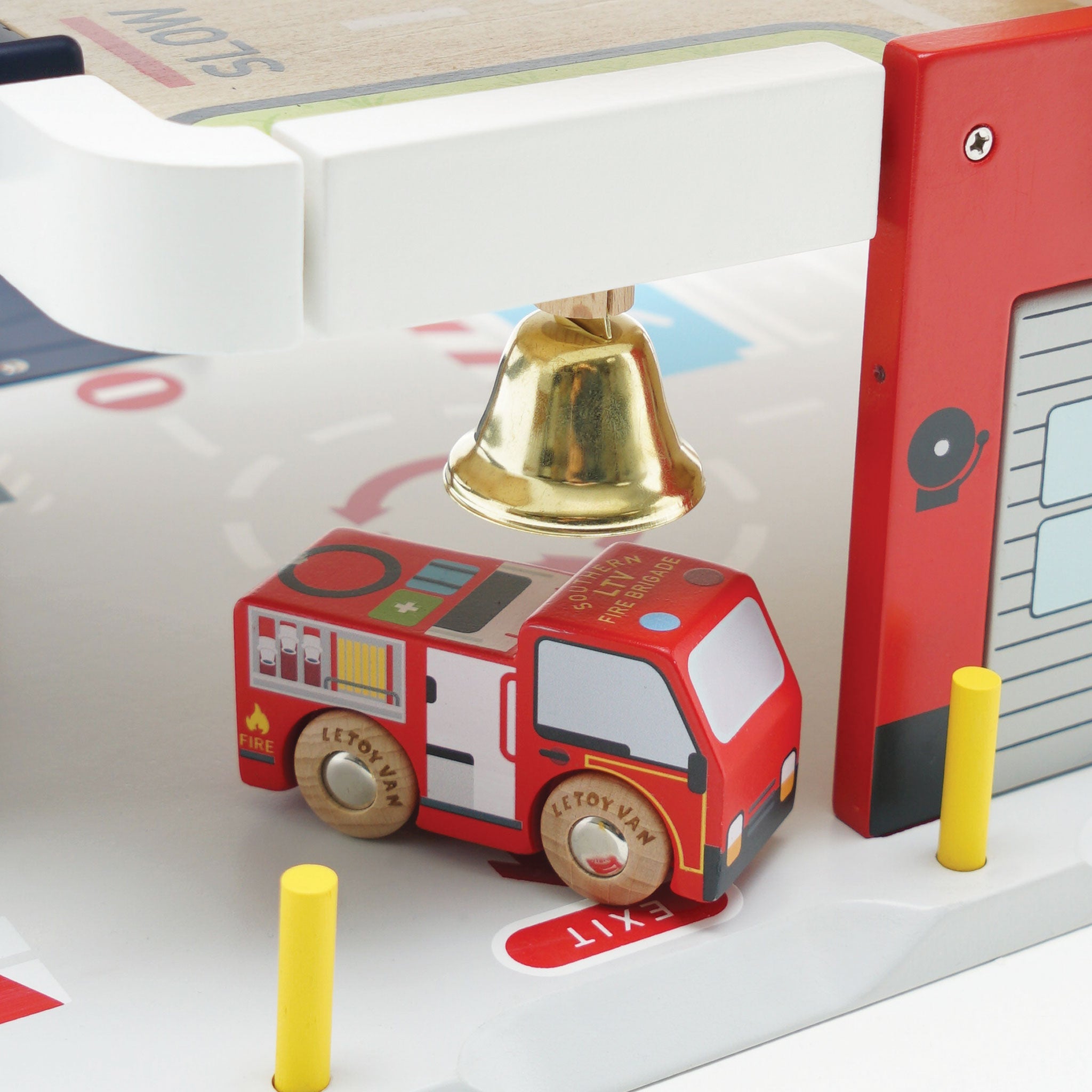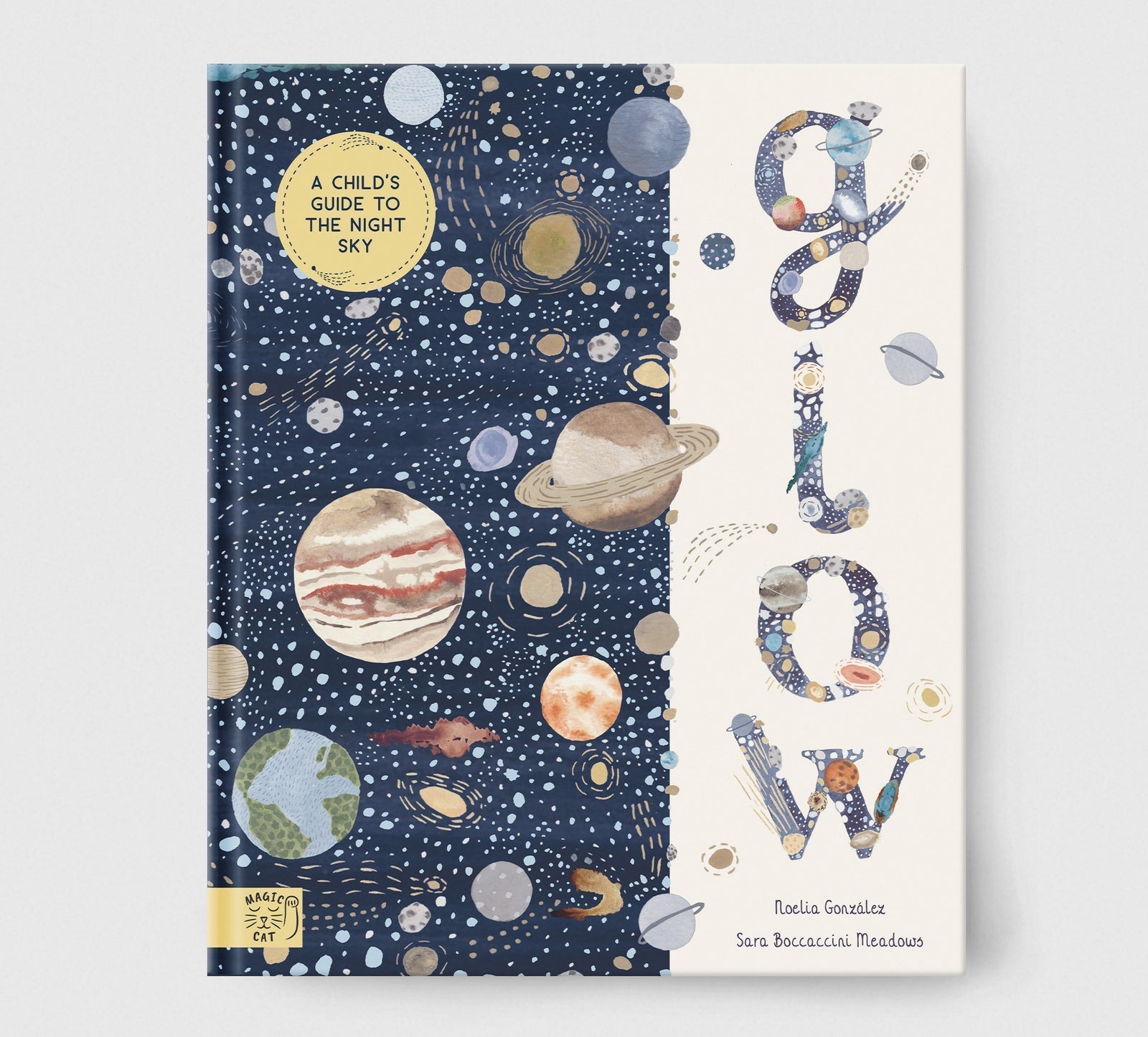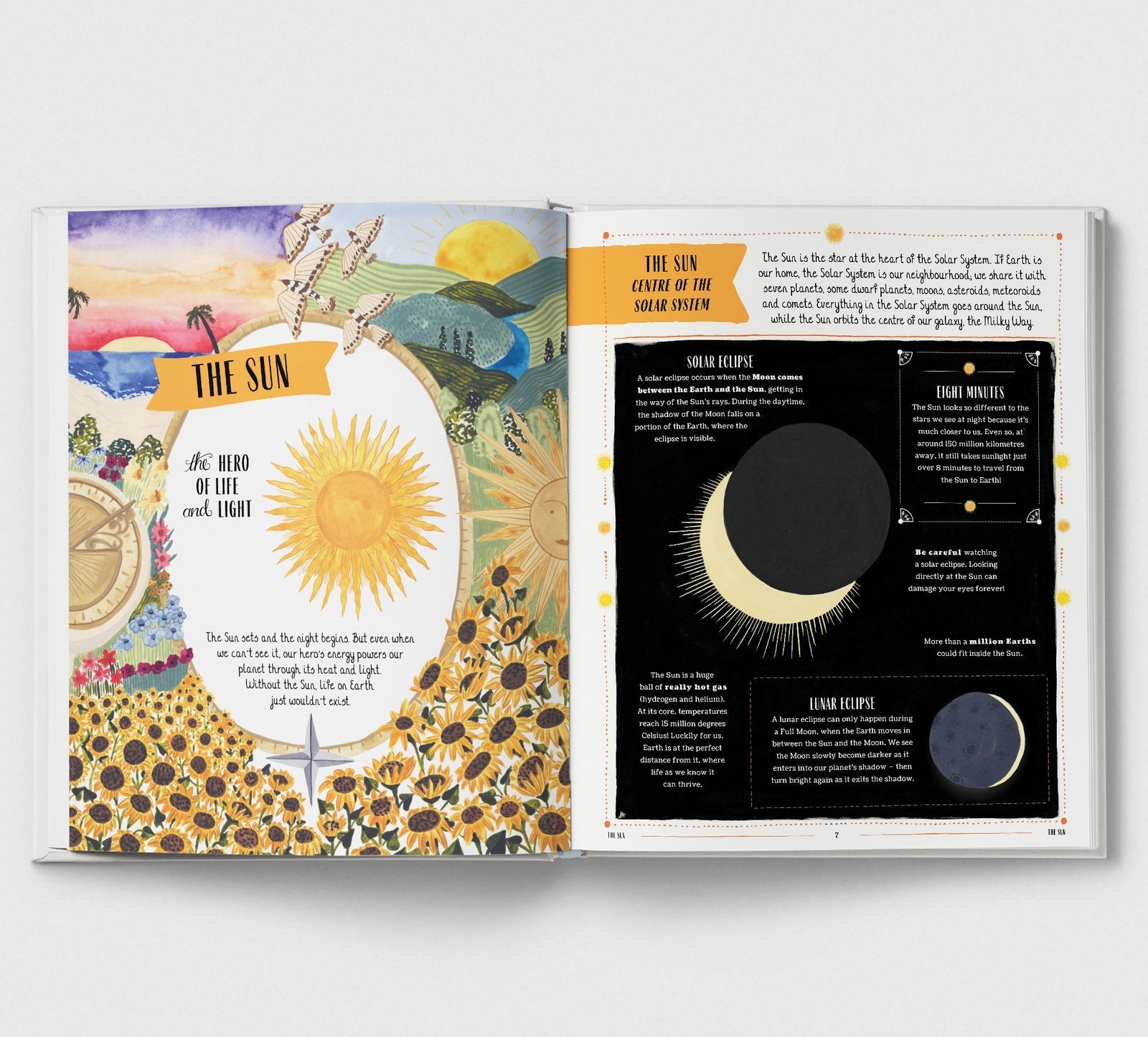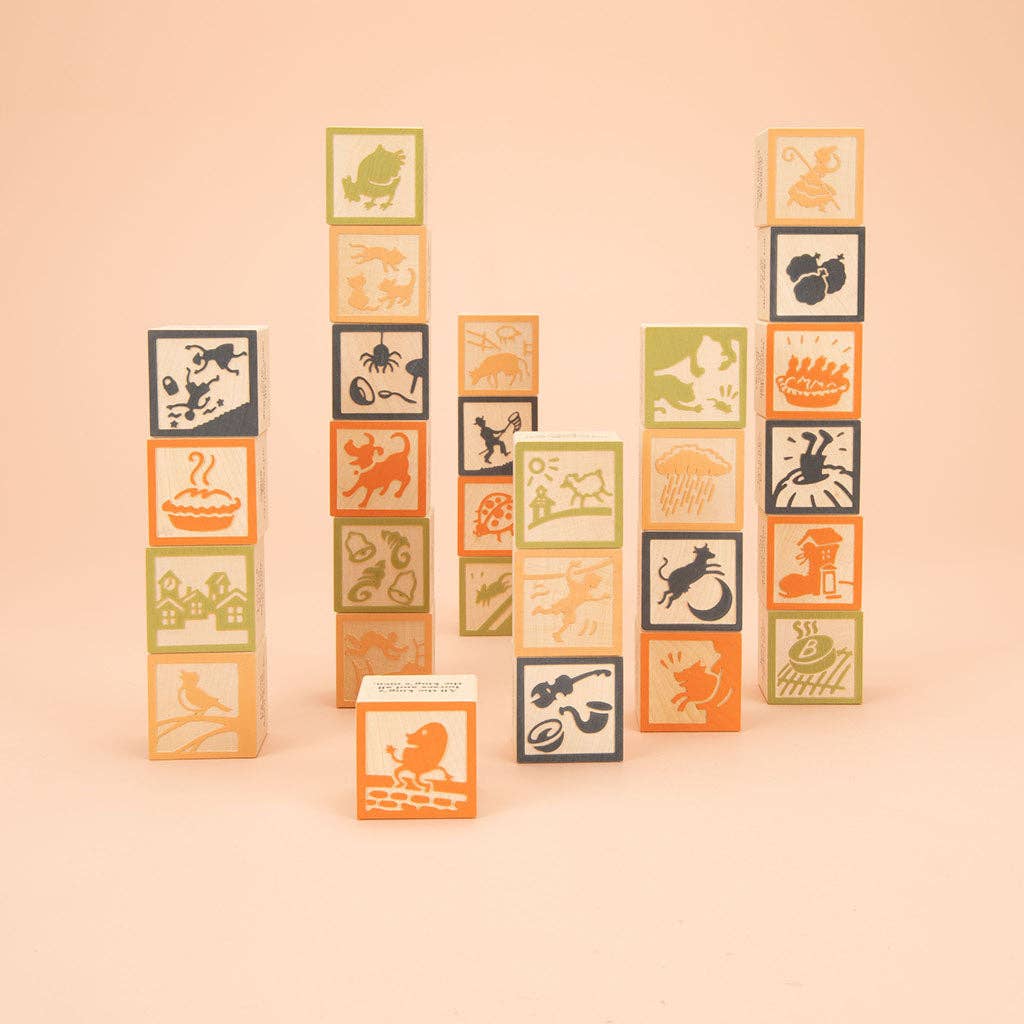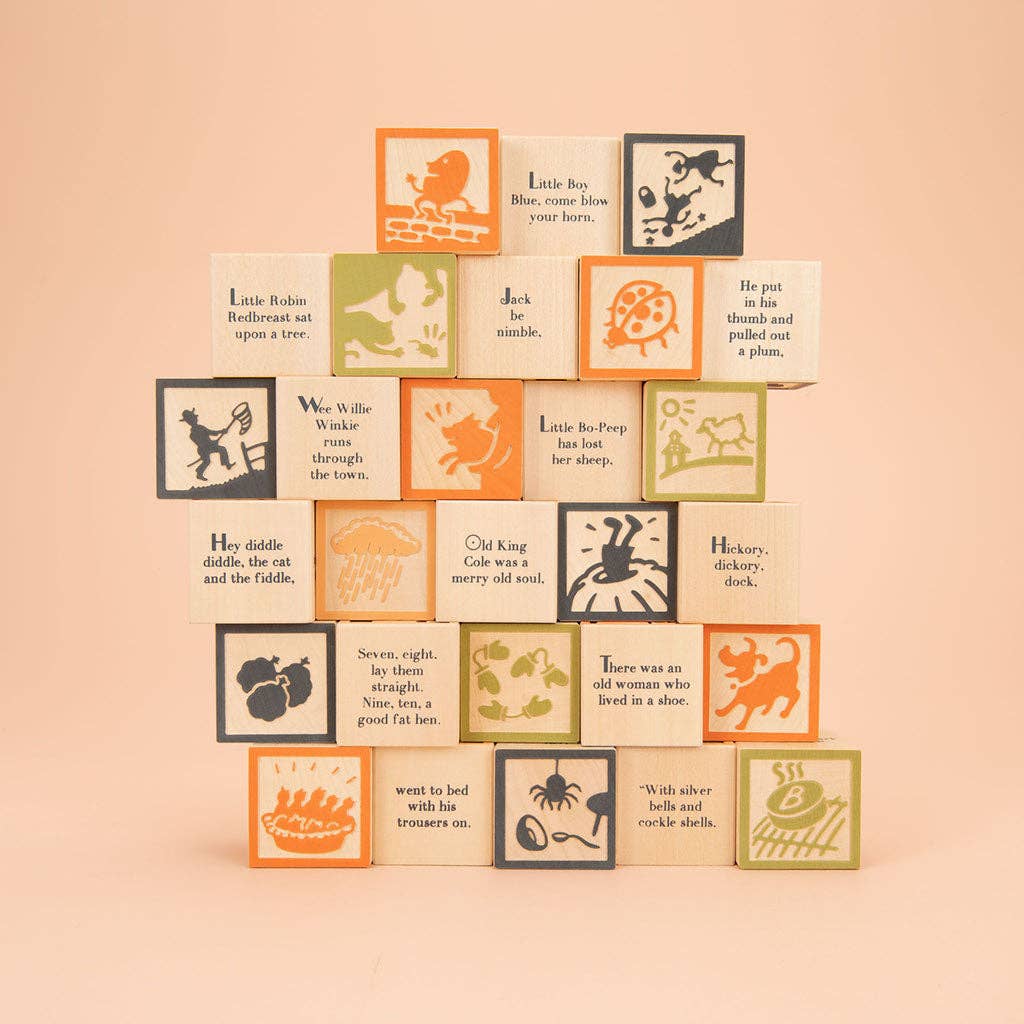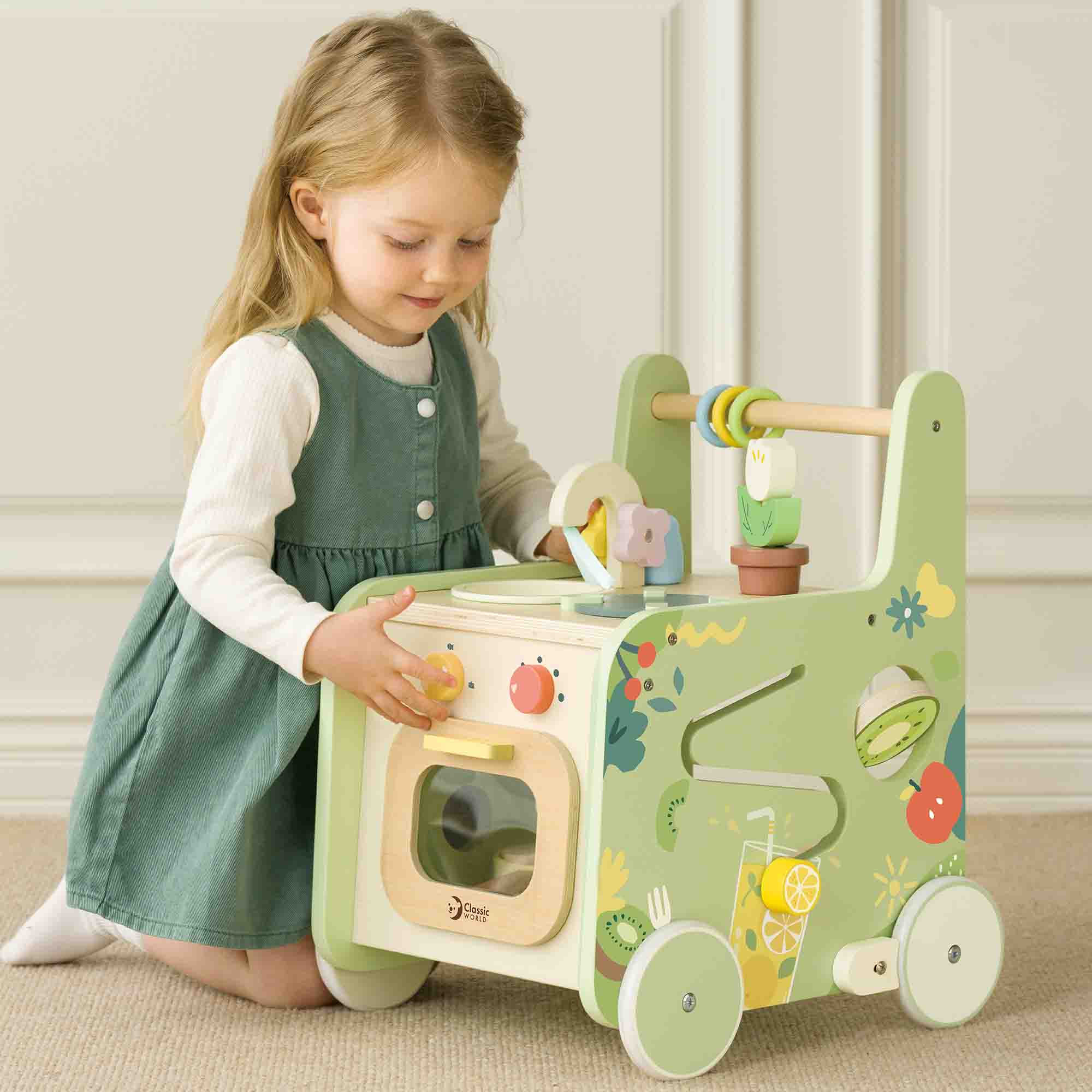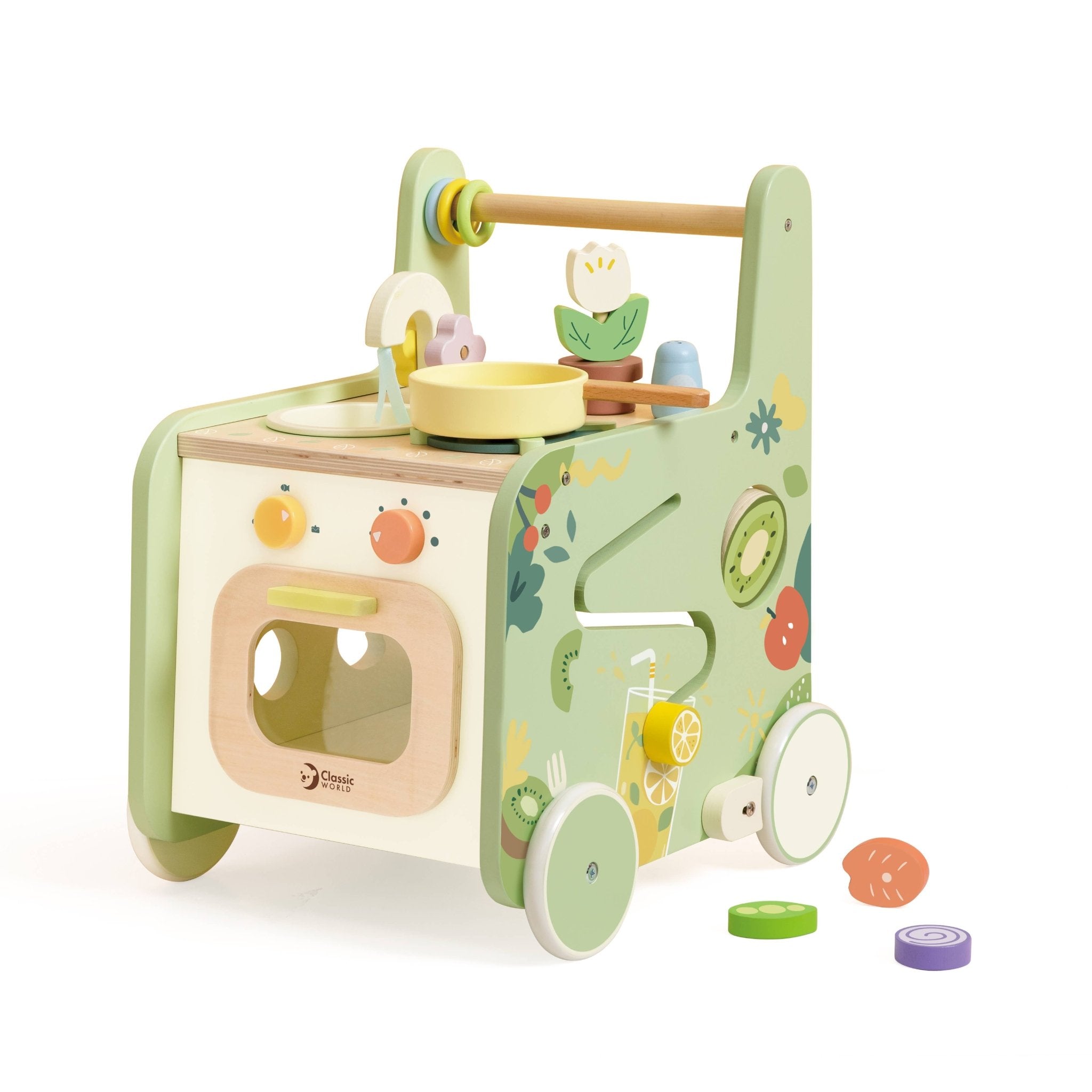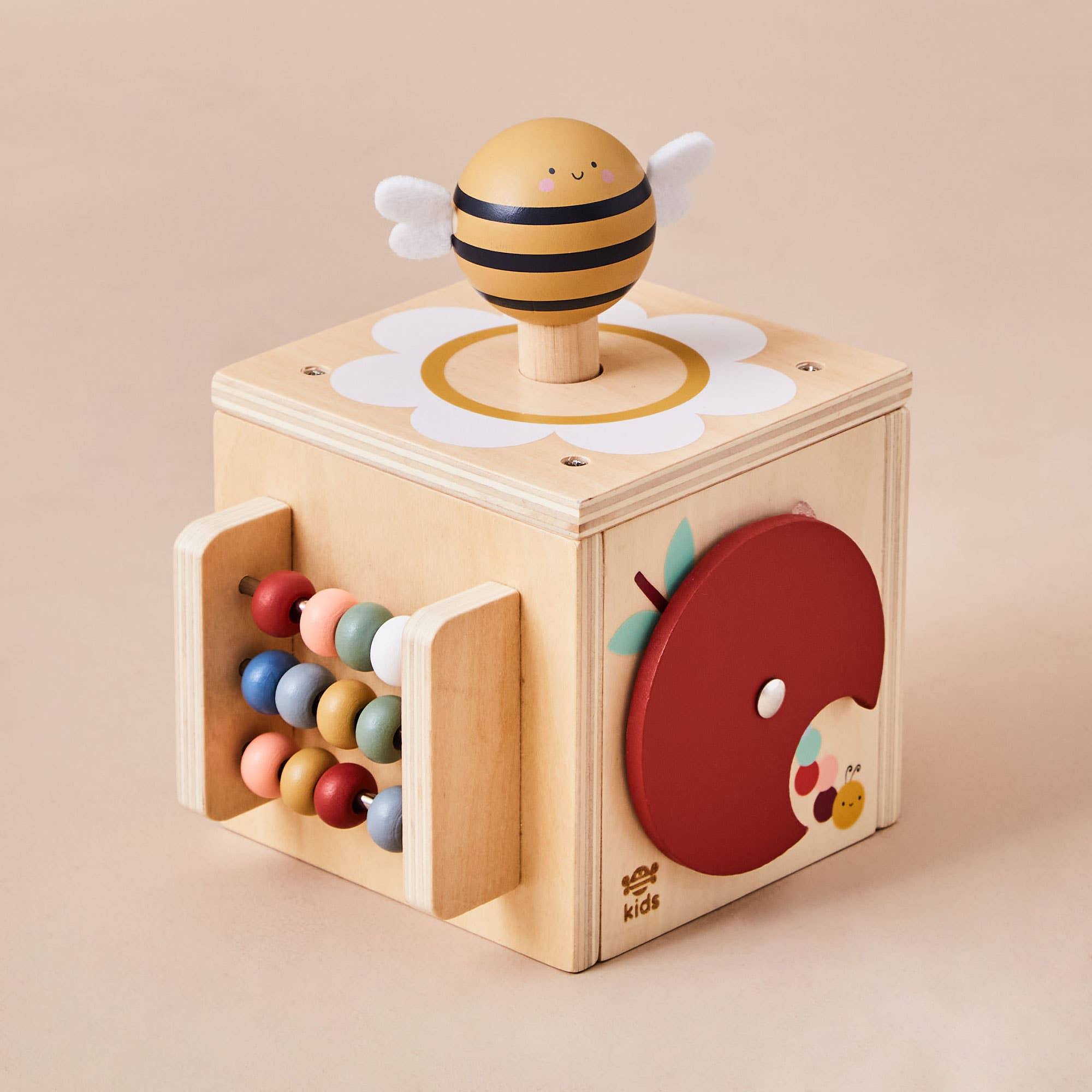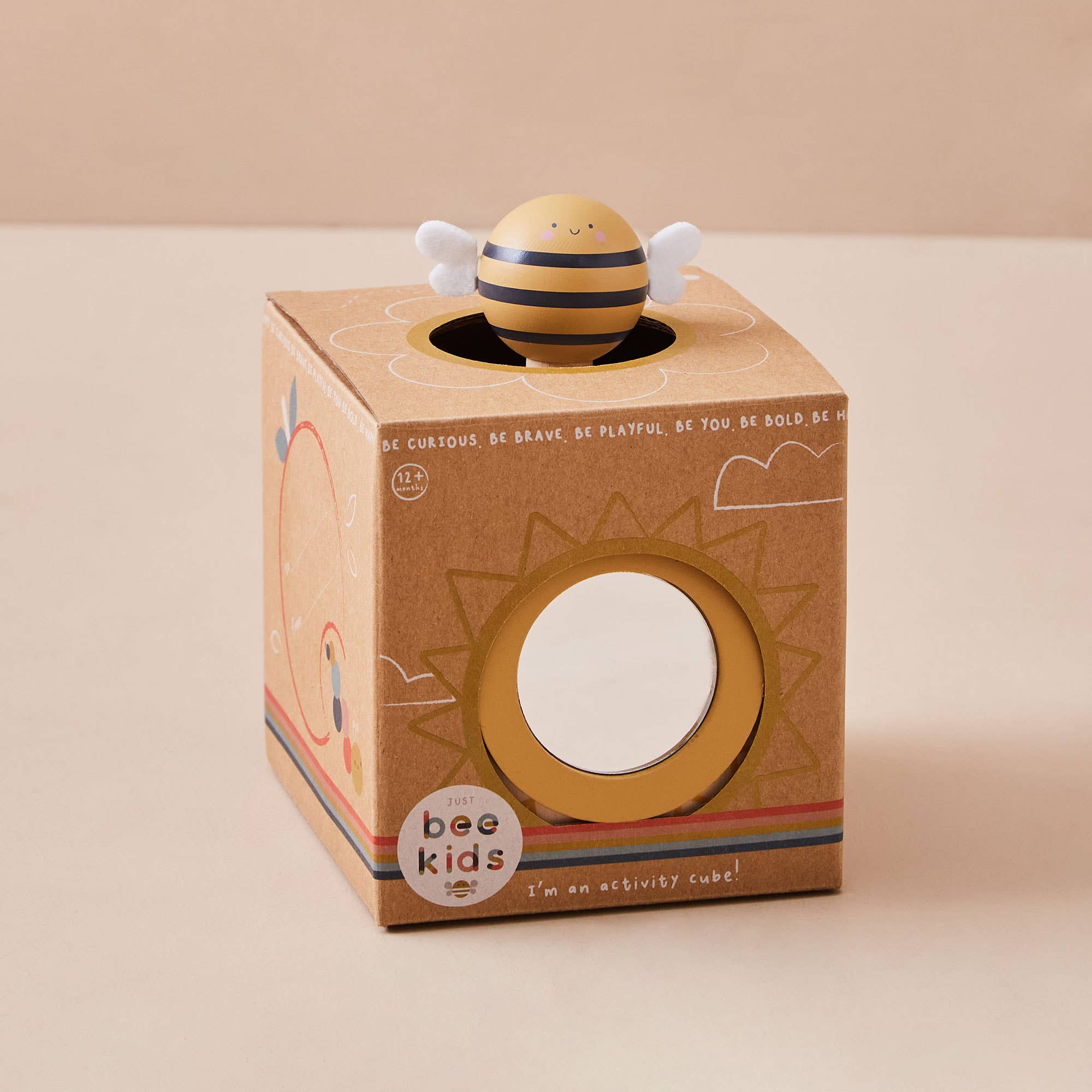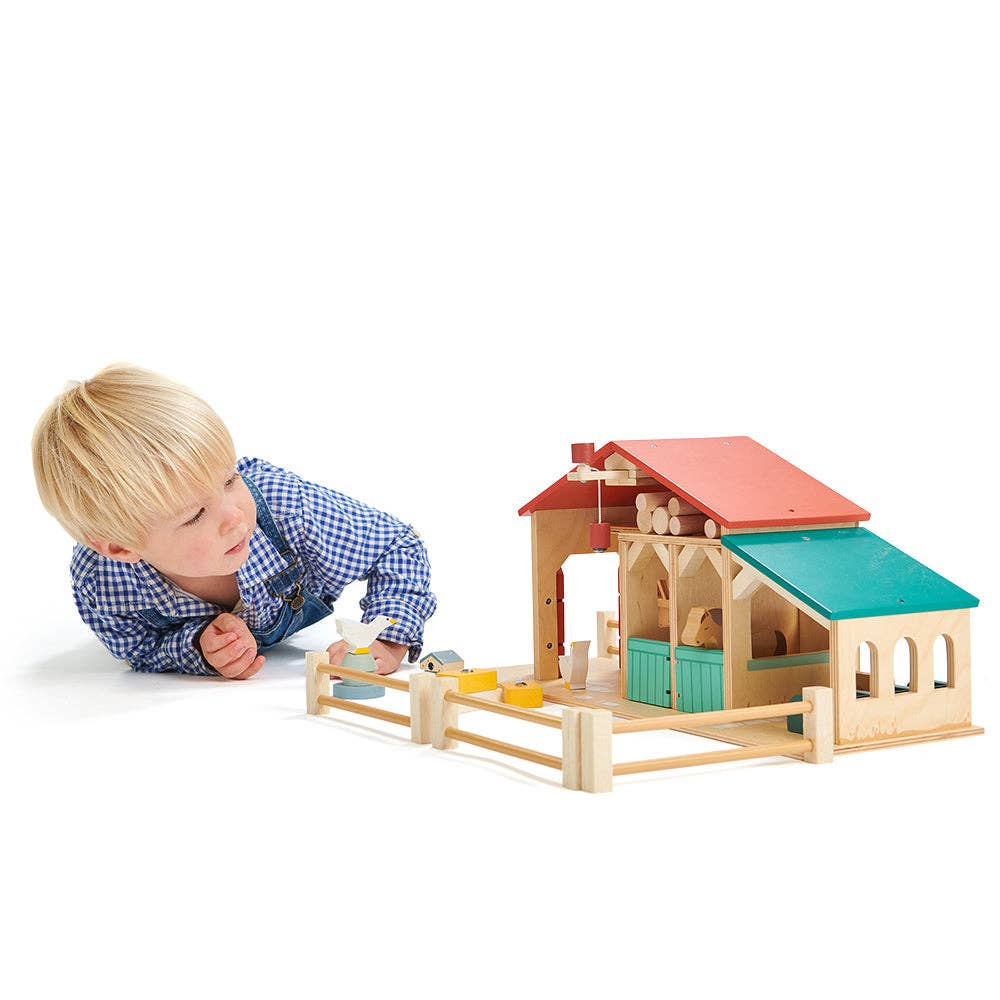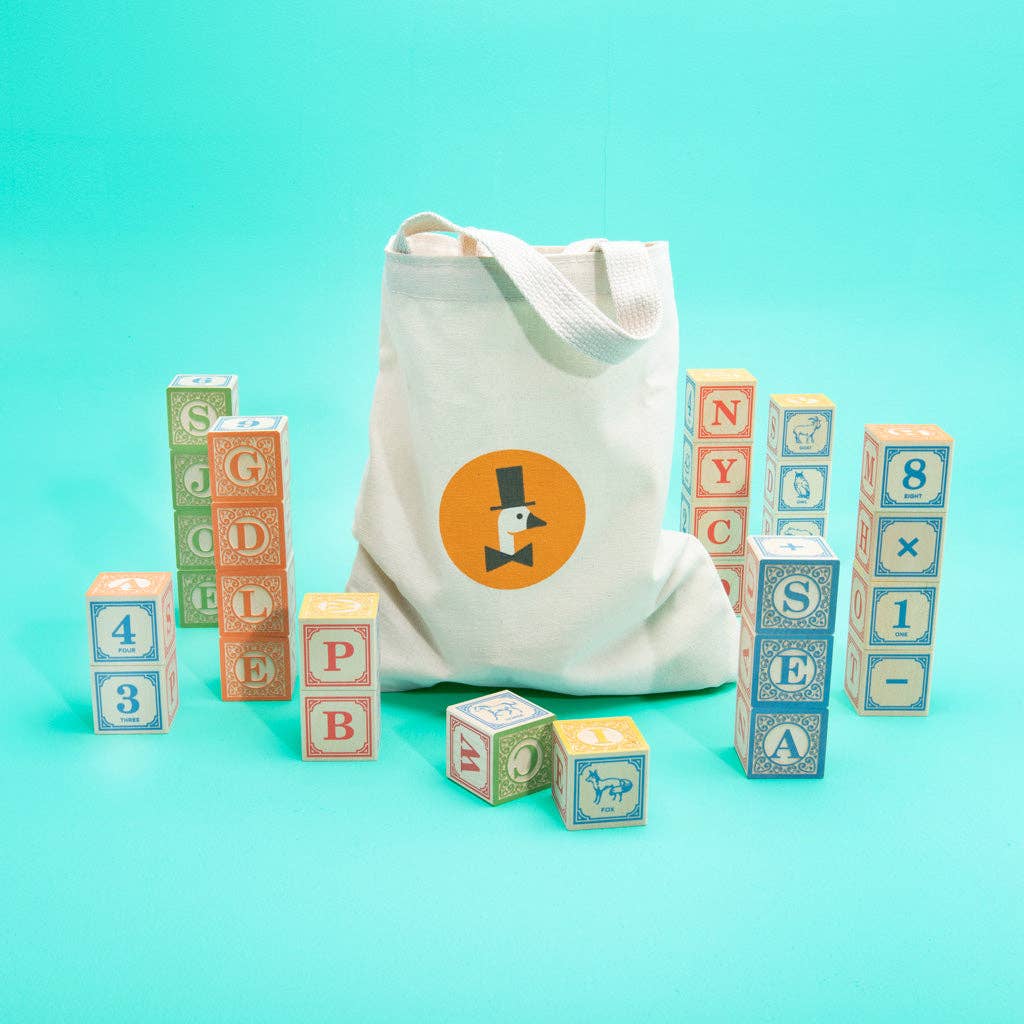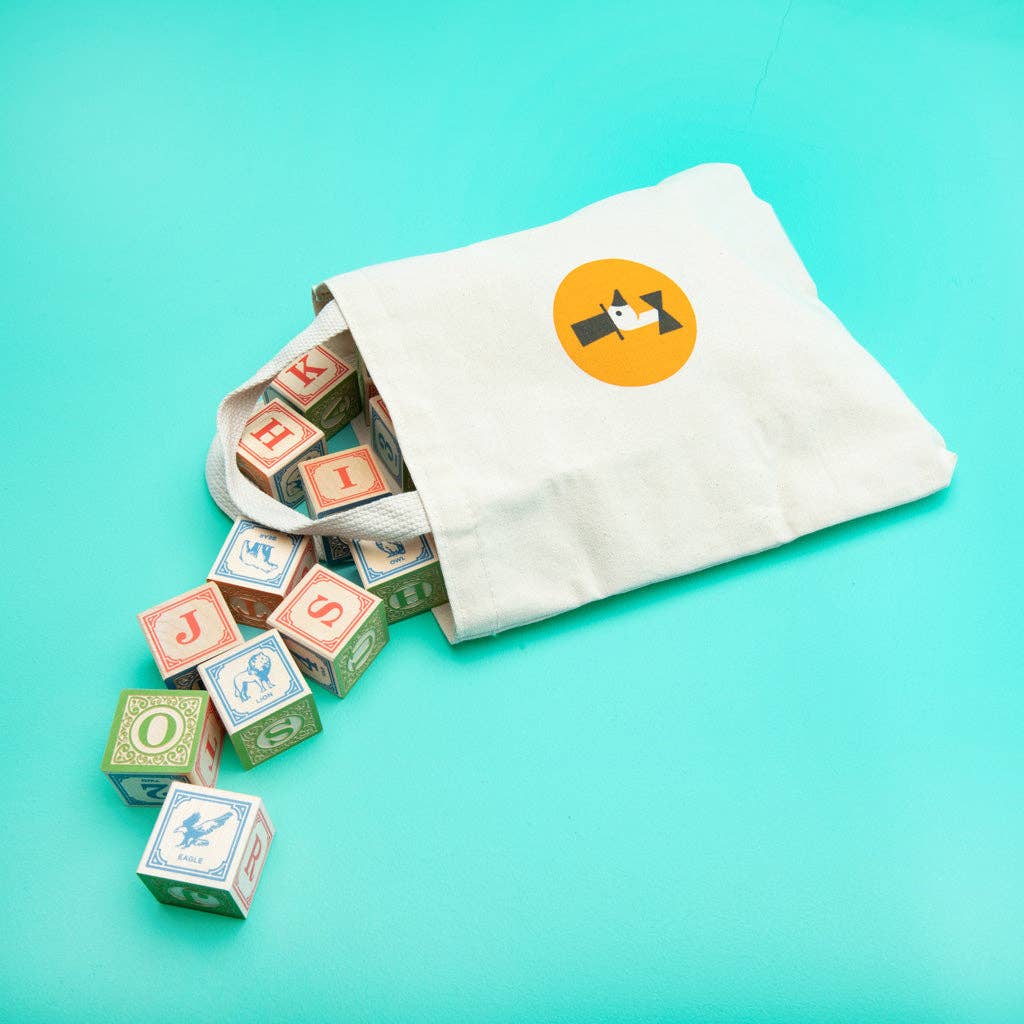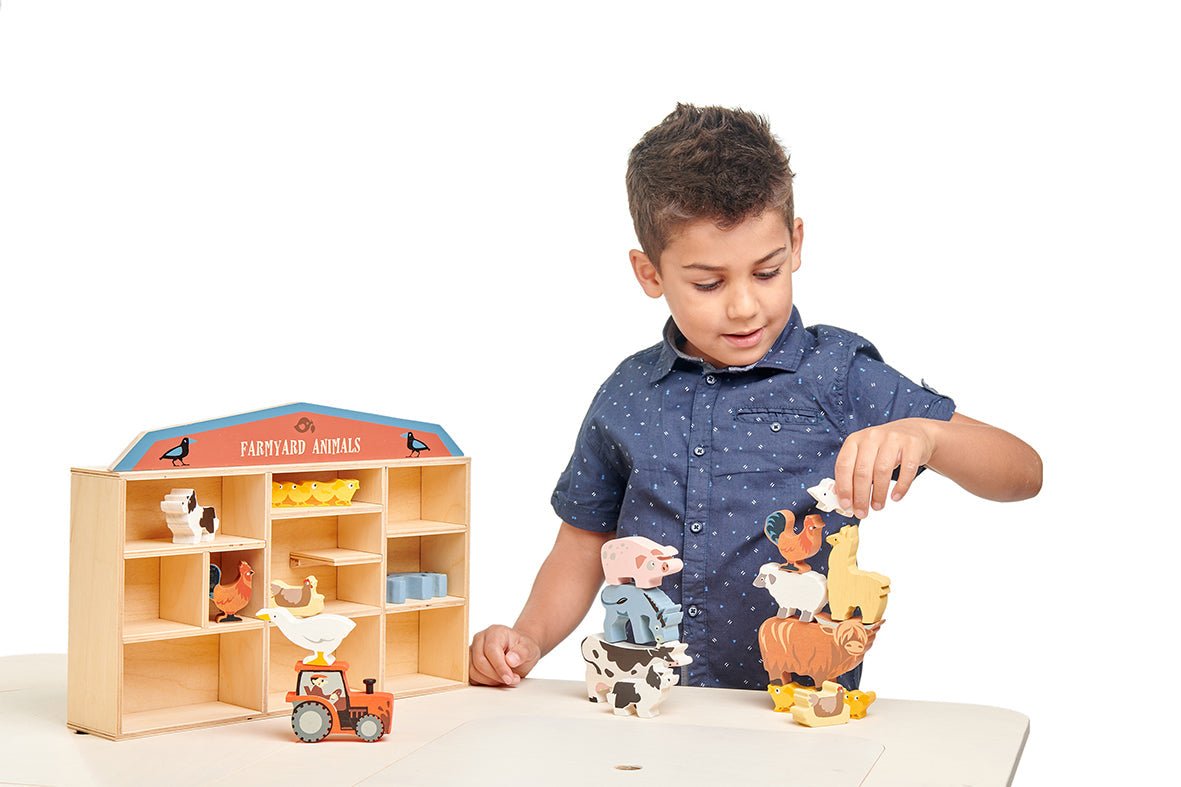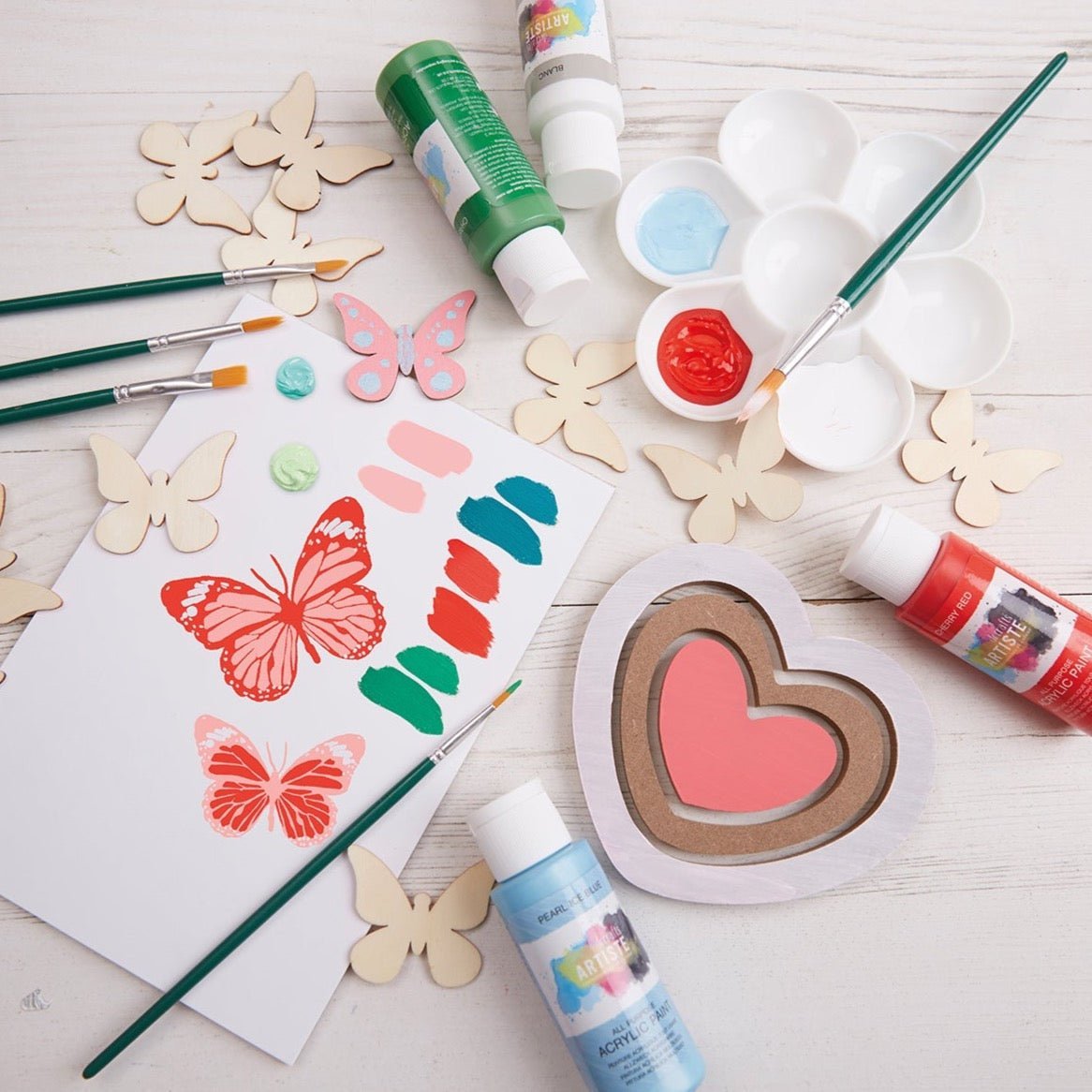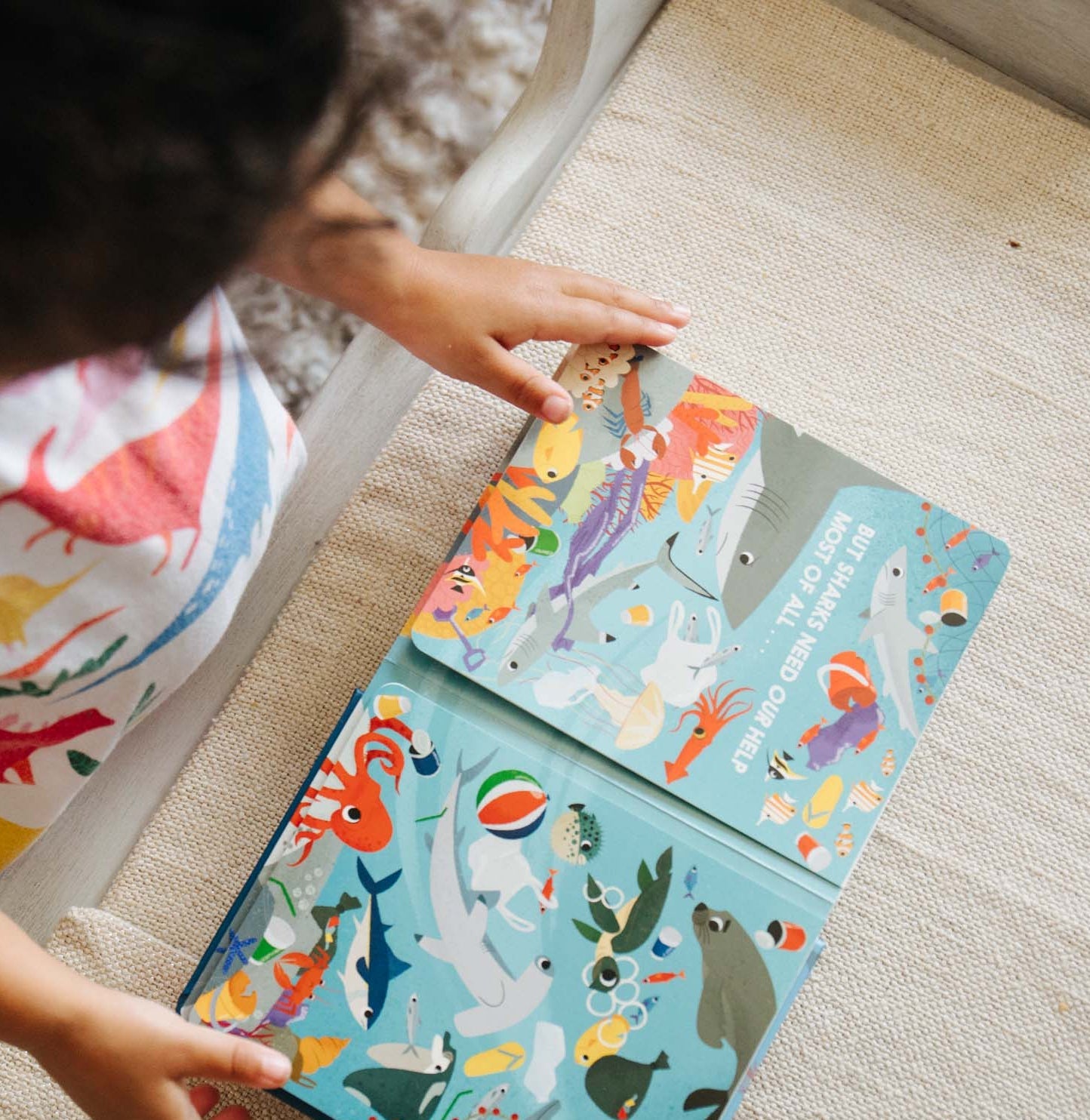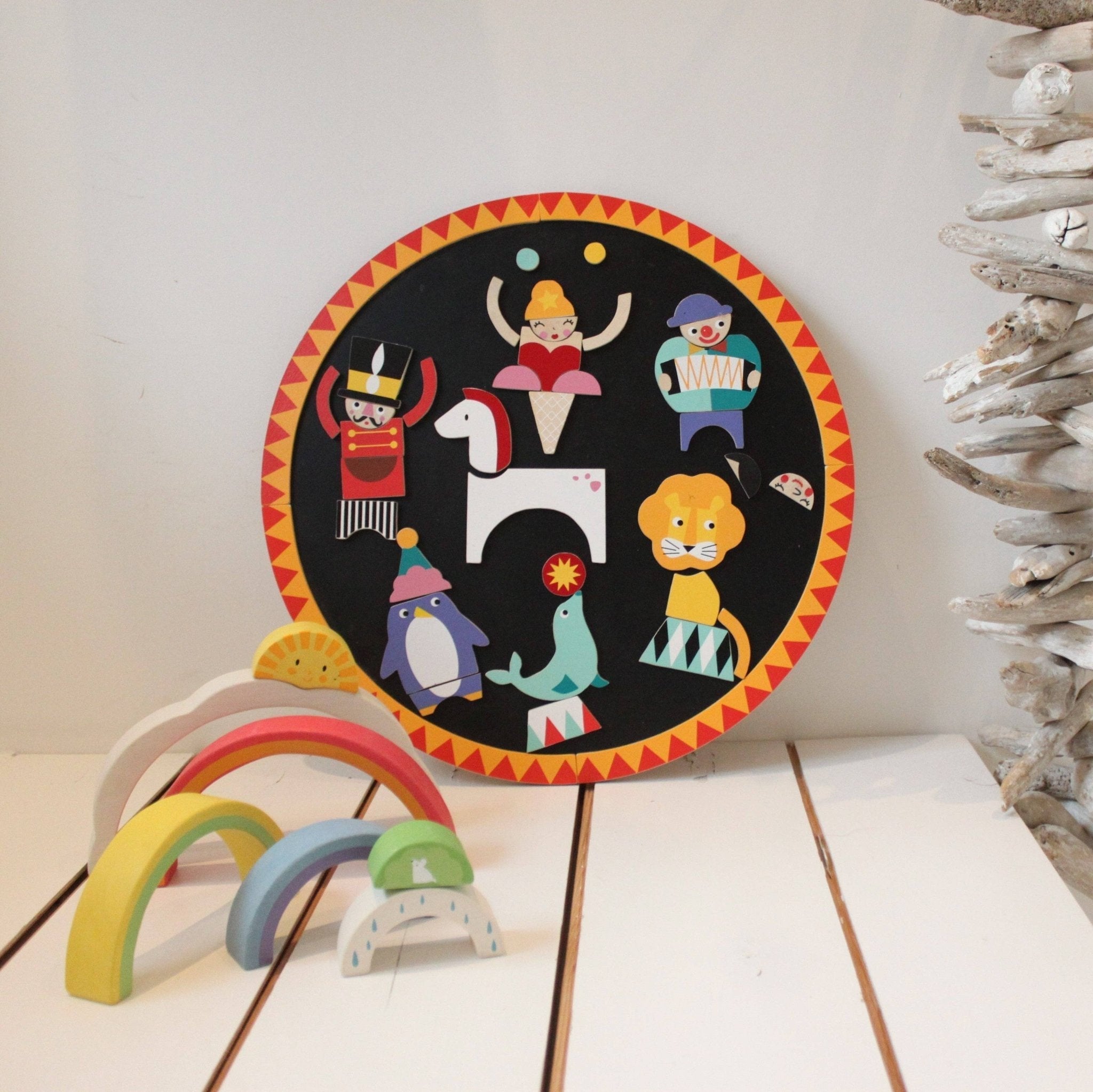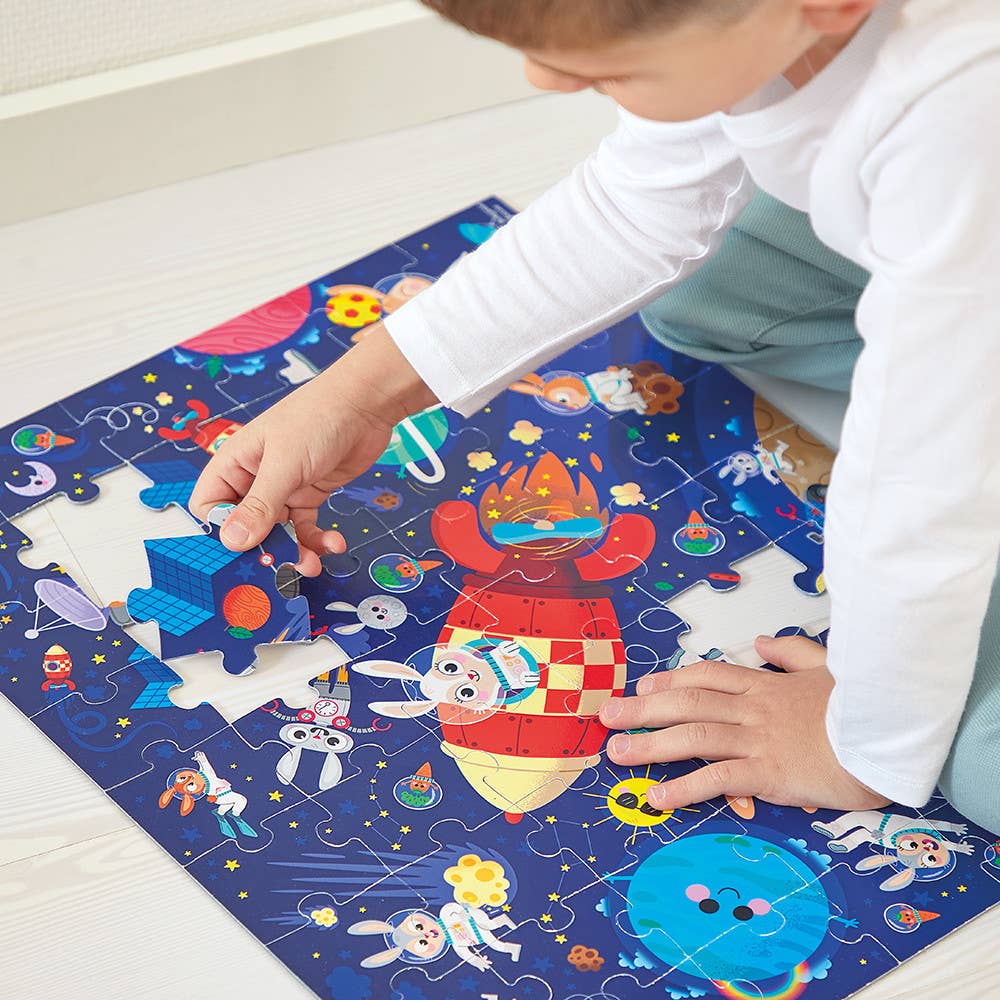Some children ask "why?" about everything. Others want to know "how?" They're the ones who peer under rocks, take things apart, wonder about stars. For these curious minds, science isn't a subject to study – it's a way of seeing the world.
The right book can fuel this curiosity. Beautifully illustrated volumes that make science feel like an adventure – where engineering builds bridges to understanding, where coding unlocks creativity, where chemistry reveals the hidden patterns in everything around us.
From rockets to robotics, chemistry to coding, here are six books chosen specifically for curious minds who love to ask "how?" and "why?" Each one transforms complex ideas into joyful discovery.
Lift-the-Flap Engineering
Engineering shapes everything. The buildings we live in. The bridges we cross. The music we listen to. Yet for many children, it remains mysterious – something technical, complicated, distant.
Lift-the-Flap Engineering changes that perception completely. Written by Rose Hall with Alex Frith and illustrated by Lee Cosgrove, this interactive book uses over 80 flaps to reveal how engineering touches every corner of our world. Children lift a flap to see inside a building's structure. Another shows how bridges span impossible distances. Turn the page and discover the engineering behind headphones, cars, even the chair they're sitting on.
Children discover different types of engineers – civil, mechanical, electrical – and how each solves problems in their own way. The larger format gives the illustrations room to breathe, whilst the modern design makes engineering feel relevant and achievable. The included links to specially selected websites extend the adventure beyond the pages. For children aged seven and up who love understanding how things work.

Lift-the-Flap Computers and Coding
Computers surround children today. In their pockets. On their desks. Quietly running the world around them. But what actually happens inside these mysterious machines?
Lift-the-Flap Computers and Coding pulls back the curtain with over 100 flaps revealing the digital world. Written by Rosie Dickins and illustrated by Shaw Nielsen, this book turns potentially intimidating topics – computer chips, internet protocols, programming languages – into joyful discoveries.
Friendly robots guide readers through each concept. Lift a flap to see what happens when you click a mouse. Another reveals how the internet actually works. The book invites children to understand technology through puzzles, treasure hunts, and games using real programming examples in Scratch.
The colourful illustrations make abstract concepts visible. Sturdy flaps hide surprises that reward curiosity. Since 2015, this Usborne classic has been helping children see computers not as magic boxes but as tools they can understand. For children aged six and up.

The Amazing Discoveries of 100 Brilliant Scientists
Science isn't just facts and figures. It's people. Curious, determined people who asked questions nobody thought to ask, who challenged what everyone knew to be true.
The Amazing Discoveries of 100 Brilliant Scientists brings these remarkable minds to life. From household names like Albert Einstein and Marie Curie to pioneers you've likely never heard of – 4th-century mathematician Hypatia of Alexandria, 20th-century Kenyan environmentalist Wangari Maathai – each scientist's breakthrough moment unfolds through engaging storytelling.
The book celebrates scientific diversity in every sense. Physics sits alongside biology. Ancient discoveries meet modern innovations. Scientists from different cultures, backgrounds, and time periods show how curiosity transcends geography and era.
Created by Usborne's expert team including Abigail Wheatley and Rob Lloyd Jones, this substantial reference combines fascinating biographical details with stunning illustrations. For children aged eight and up, this book offers something profound: the realisation that scientists aren't distant figures in lab coats but people driven by the same curiosity they feel every day.

Exploring the Elements
The periodic table. That chart on every classroom wall. Rows of symbols and numbers that seem designed to confuse rather than illuminate.
Exploring the Elements transforms this intimidating chart into a captivating visual adventure. Award-winning science writer Isabel Thomas and celebrated designer Sara Gillingham have created something genuinely special – a book that names all 118 chemical elements whilst revealing the remarkable ways they shape our everyday lives.
Each element receives its own stunning double-page spread. Clear graphics show the atomic symbol and number. Fascinating details explain where this element appears – in the food on your plate, in the centre of distant stars, in the device you're reading this on.
The design matters here. The visual approach actually helps understanding. Children can see patterns, make connections, grasp relationships between elements that text alone might never convey. At 240 pages, this is a substantial volume. The sort of book that becomes a treasured reference. For budding scientists aged eight and up.

The Inventor's Workshop
History's greatest inventions didn't appear fully formed. They evolved. One creative spark led to another. Brilliant minds built upon work that came before.
The Inventor's Workshop takes children on an extraordinary journey through history's most fascinating workshops. Award-winning inventor Ruth Amos – creator of the popular 'Kids Invent Stuff' YouTube channel – reveals the incredible stories behind ten groundbreaking inventions: the first computer, the telephone, the light bulb, the bicycle, and more.
Each beautifully illustrated workshop reveals not just how these inventions work but the inspiring human stories behind them. Meet Ada Lovelace, whose mathematical genius helped create the foundation for modern computers. Discover Lewis Latimer, whose innovative technology made Thomas Edison's light bulb practically useful. Through detailed cross-sections and captivating timelines, children see how invention builds upon invention.
More than 50 inventors receive profiles, showing that creativity, curiosity, and perseverance matter as much as technical knowledge. Stacey Thomas's intricate illustrations reward close examination. For children aged seven and up, this STEM treasure offers something valuable: the understanding that they too could be inventors.

Glow: A Child's Guide to the Night Sky
Look up on a clear night. Those points of light have guided humanity for millennia. They've inspired stories, enabled navigation, sparked questions about our place in the universe.
Glow: A Child's Guide to the Night Sky opens up the cosmos to future astronomers. Written by NASA science writer Noelia González, this enchanting guide reveals 15 stars, planets, and constellations that children can spot with nothing more than curious eyes.
Each chapter weaves together scientific discovery with ancient mythology and folklore. Children learn why the Northern Lights are called 'fox fires' in Finland. They discover how to spot Mars dancing across the sky. They explore the timeless stories behind constellations like Orion the Hunter and the Great Bear.
Sara Boccaccini Meadows' luminous watercolour illustrations capture something rare: the actual feeling of gazing at stars. Part of Magic Cat Publishing's acclaimed 'In Our Nature' series, this beautifully crafted hardback transforms casual stargazing into an adventure of cosmic proportions. For children aged five and up, it's the perfect companion for clear evenings when the sky beckons.
Books that spark questions
These six books share something essential: they invite curiosity. They show that science isn't about memorising facts but about asking questions and discovering patterns in the world around us.
The right book at the right time can transform casual interest into passionate pursuit. It can show a child that the questions they're asking are exactly the questions that drive scientific discovery. That their curiosity isn't just acceptable – it's essential.





